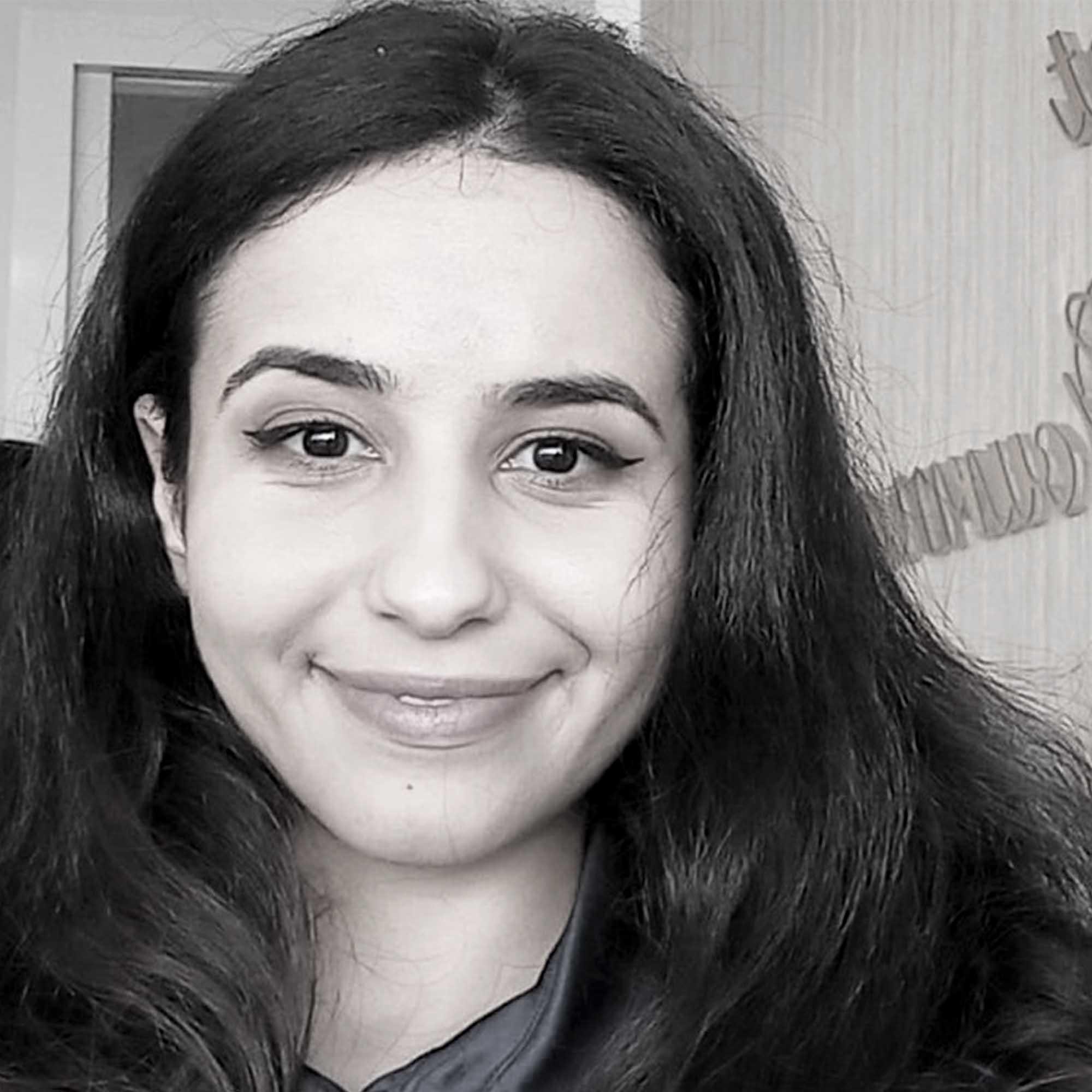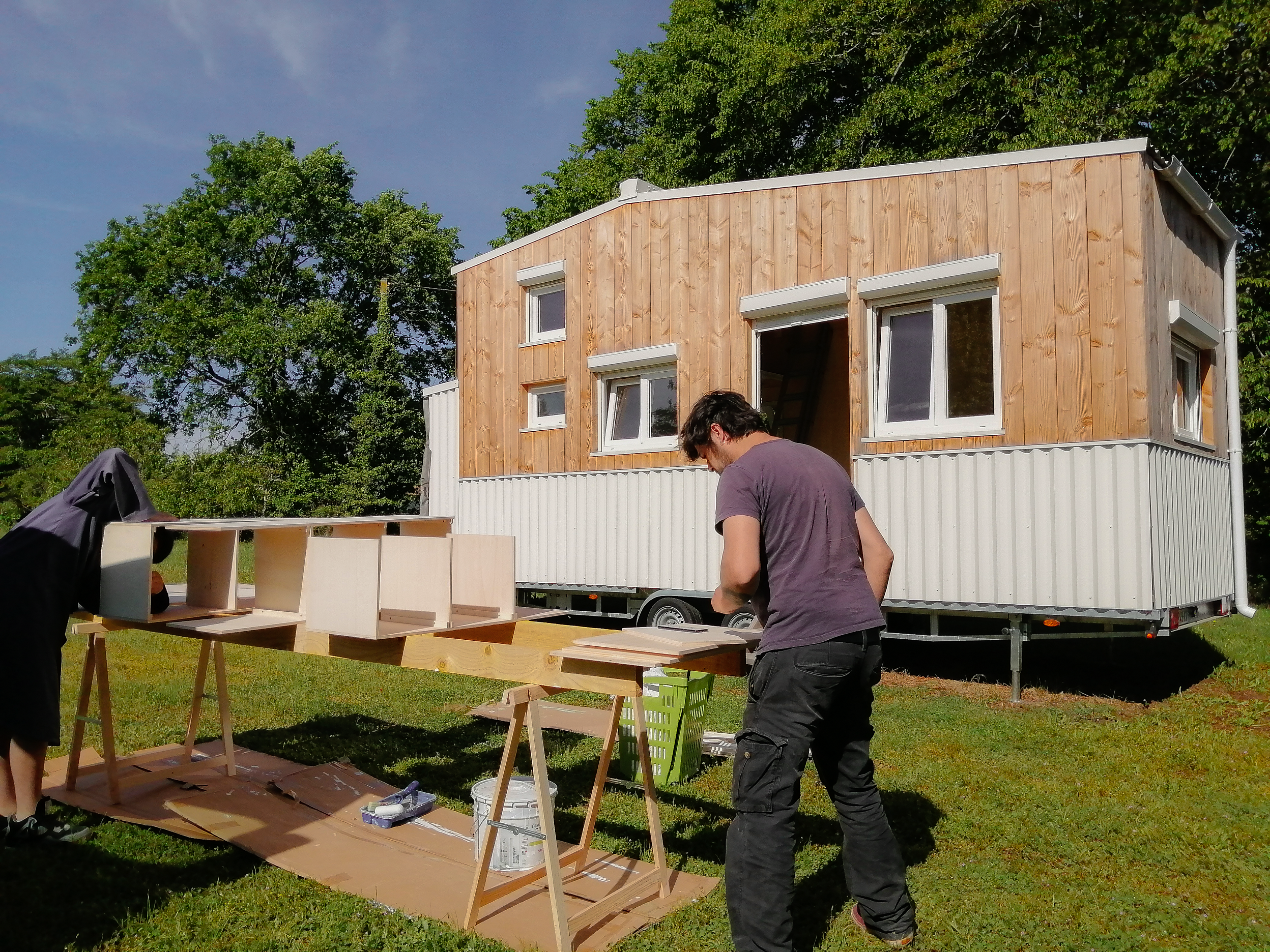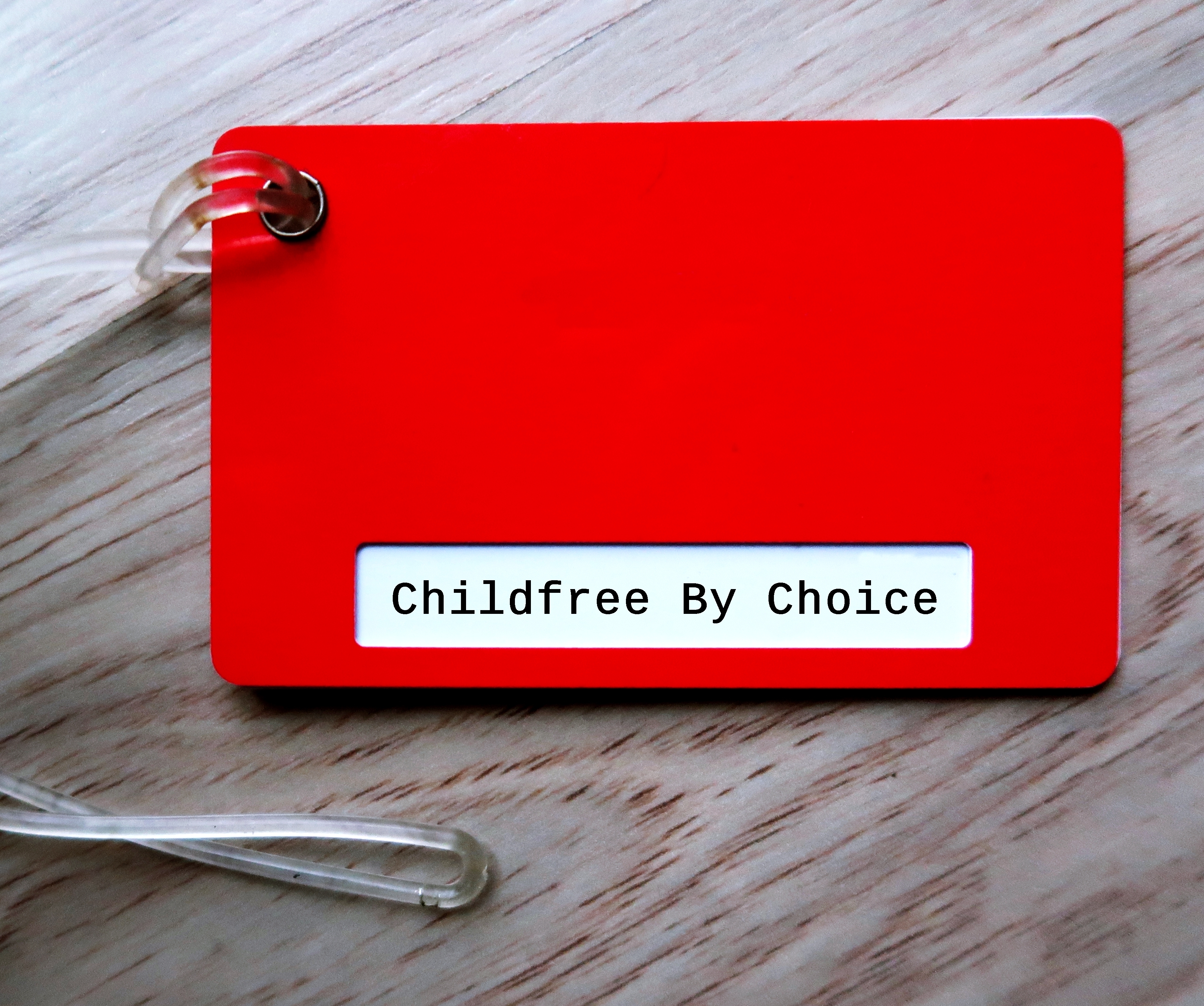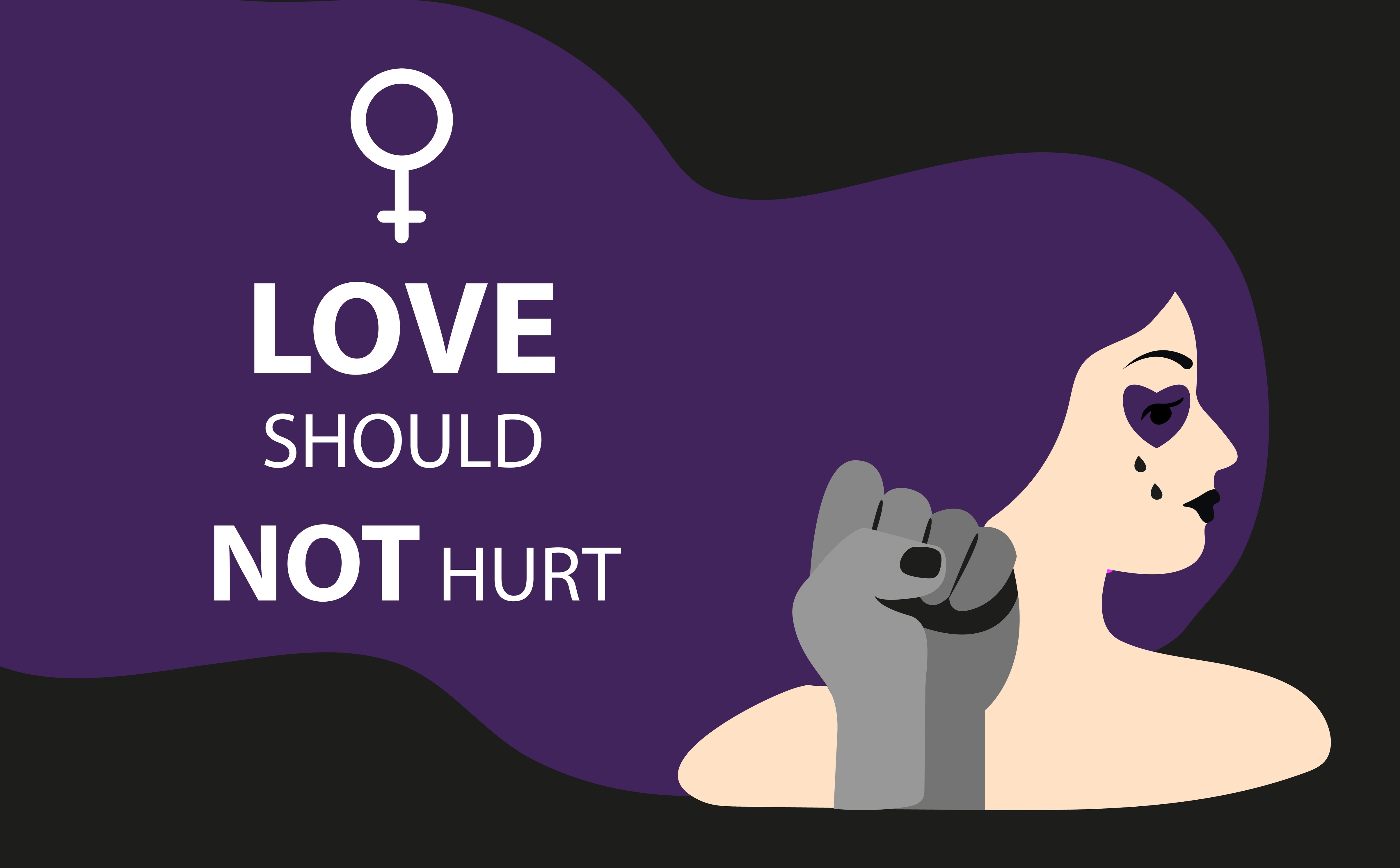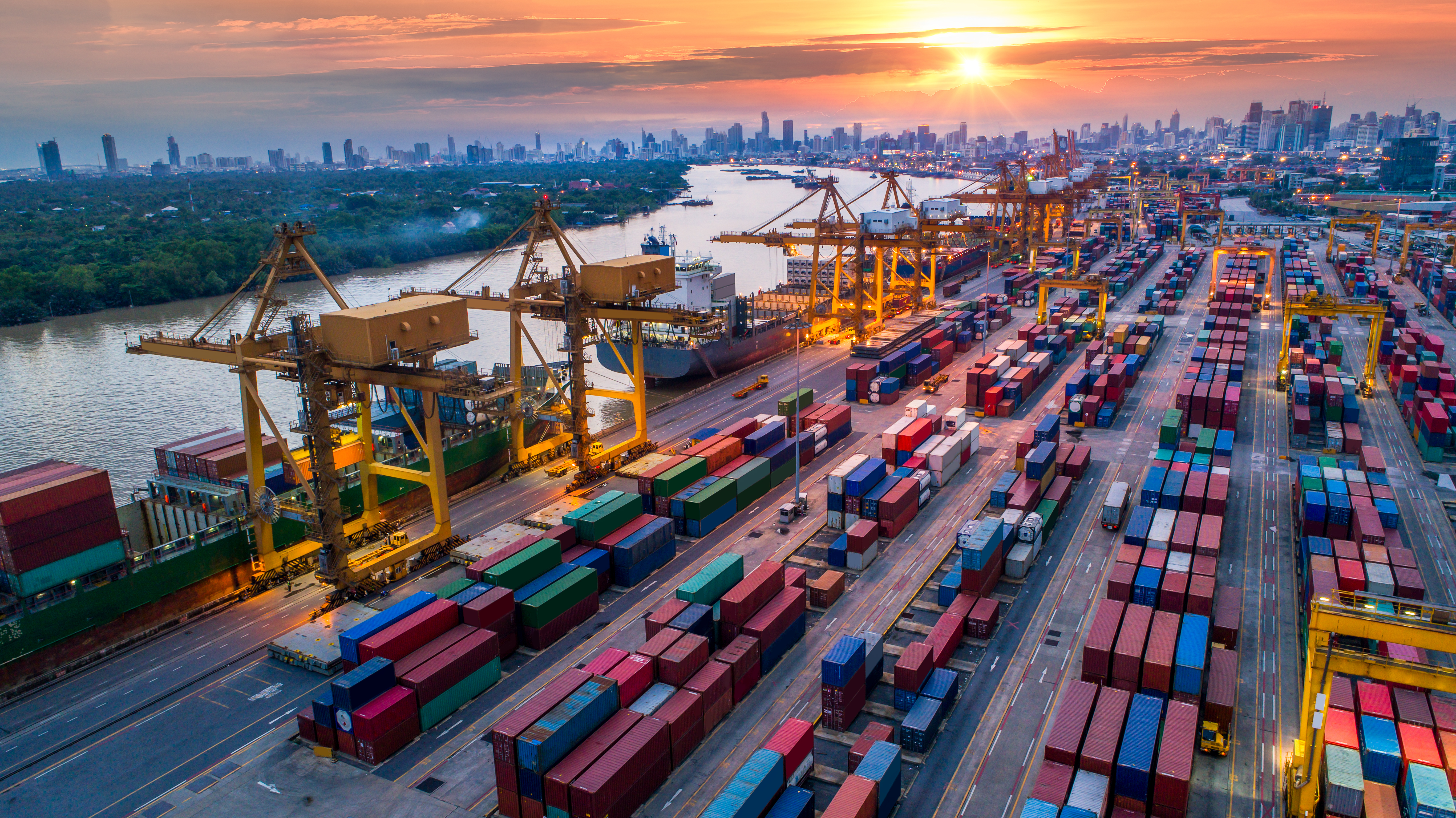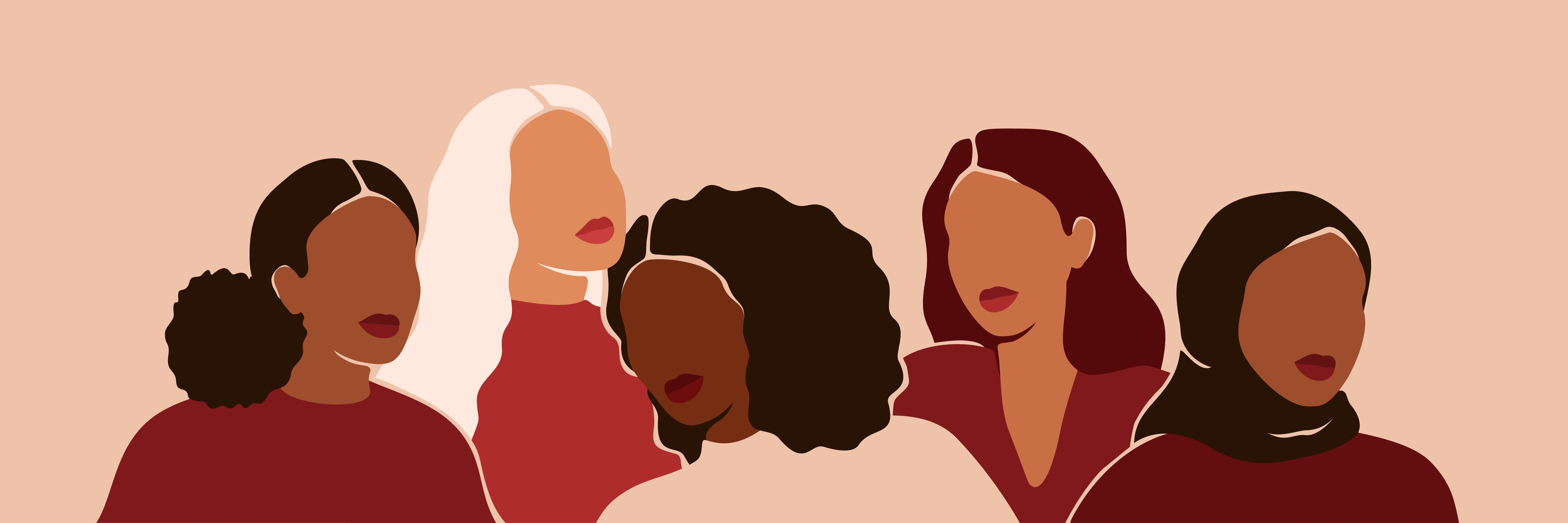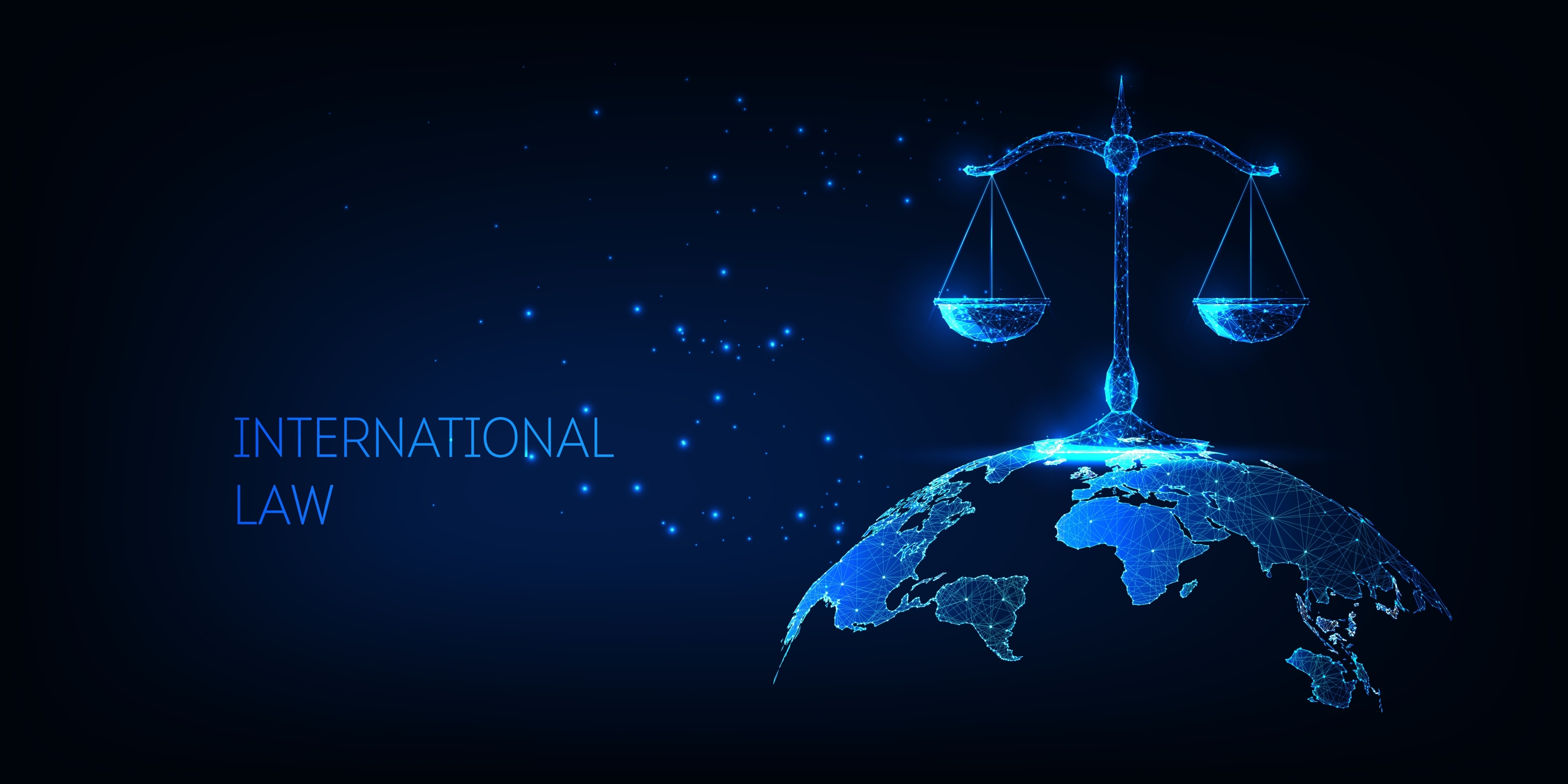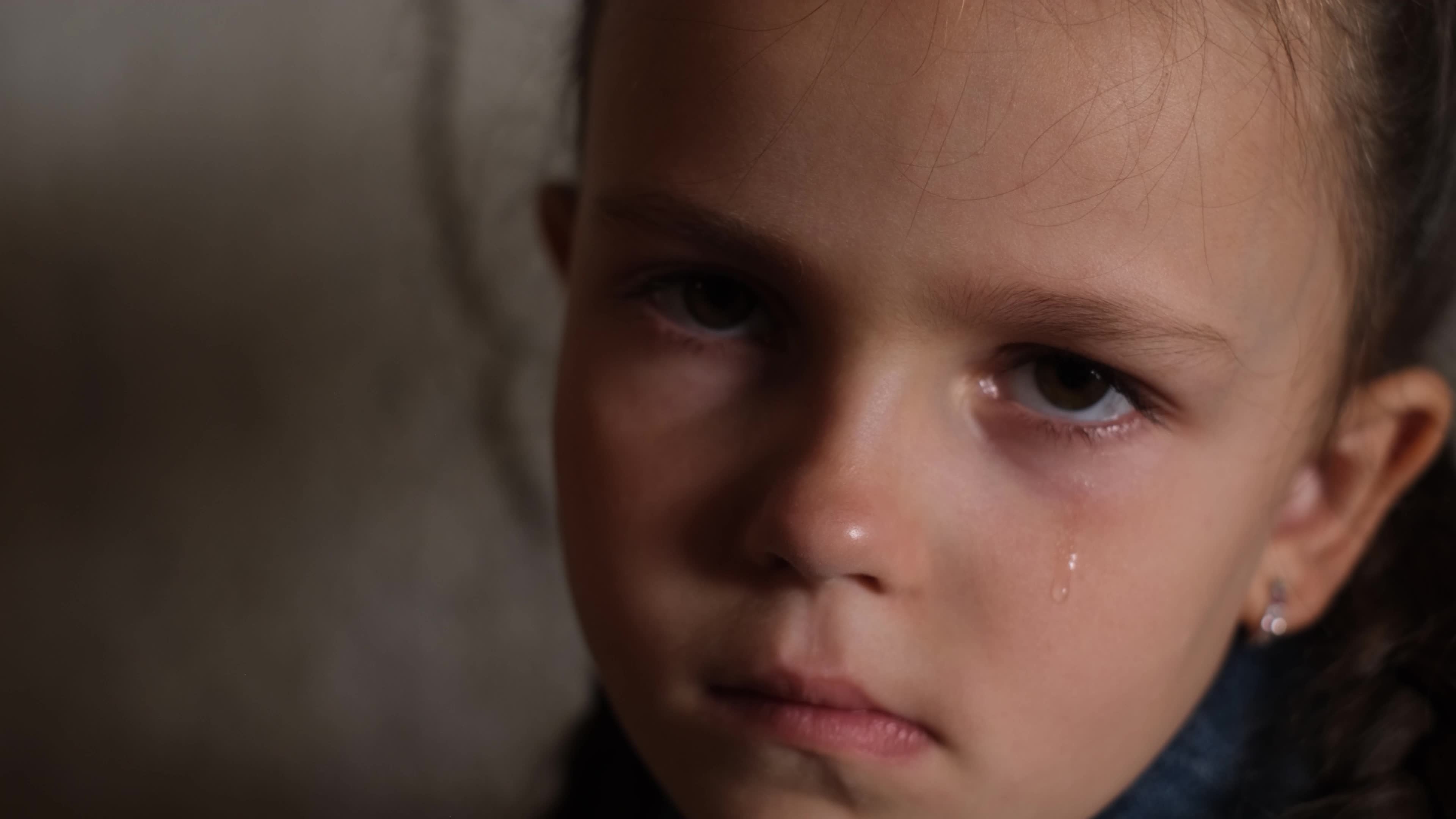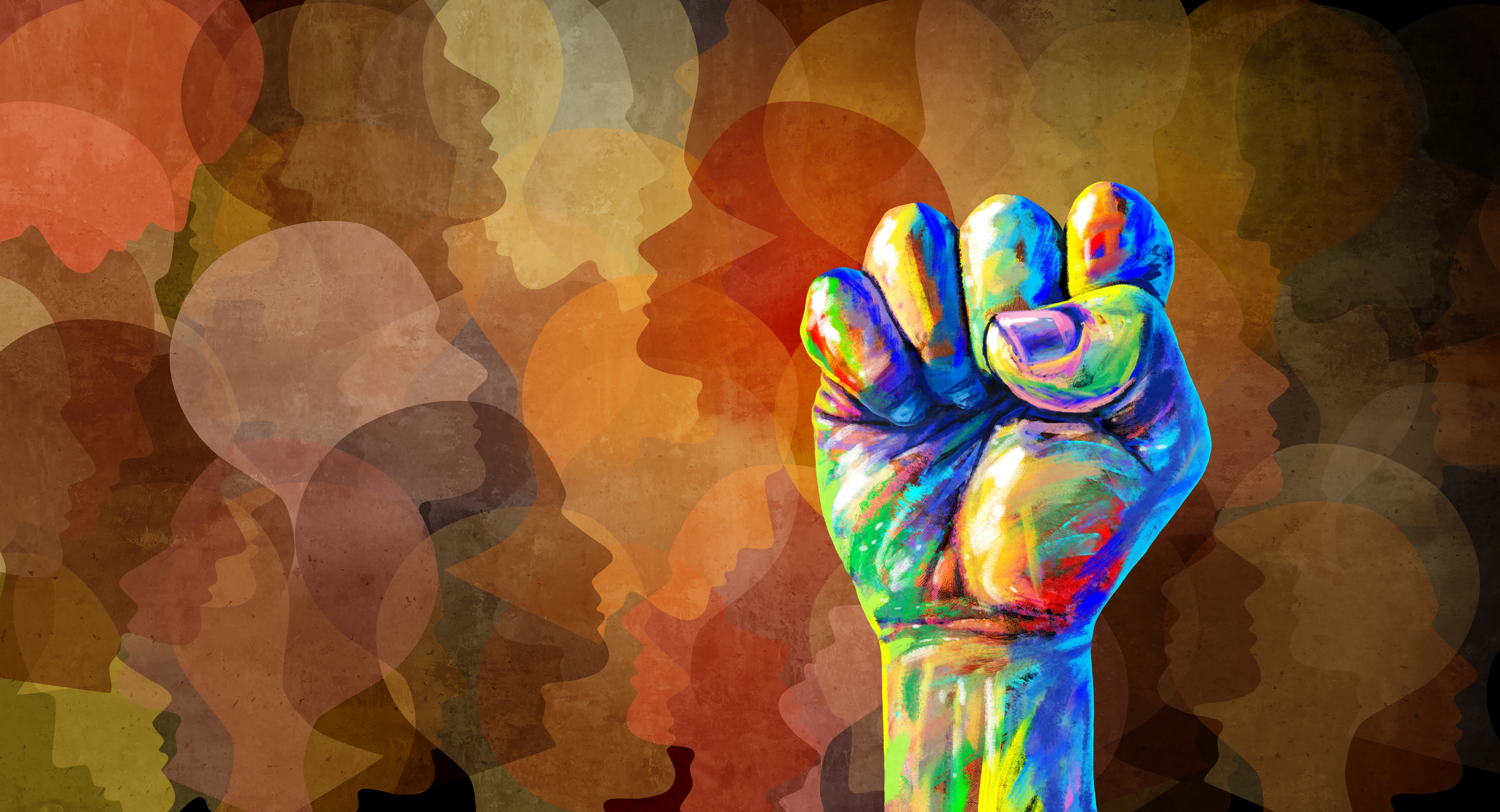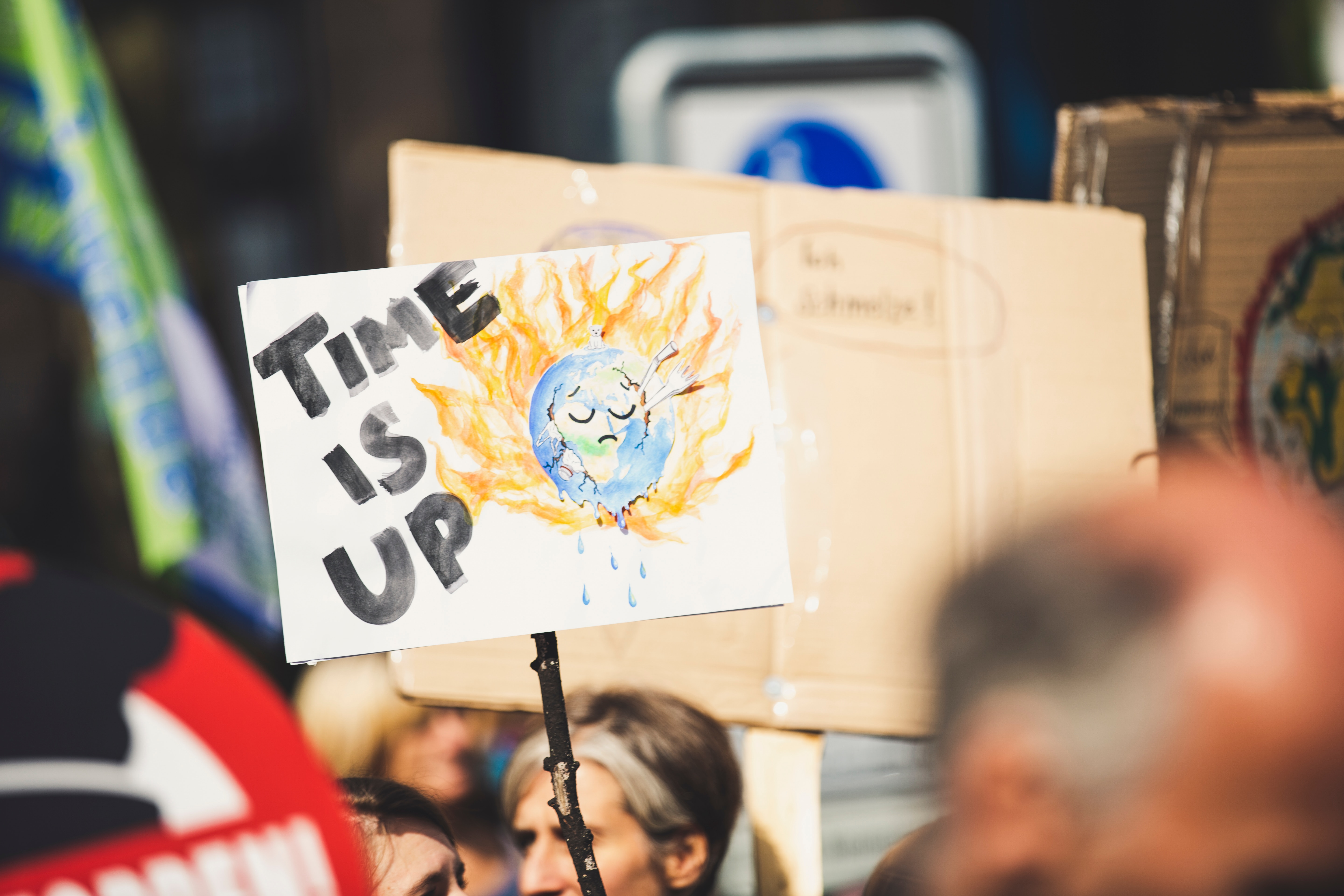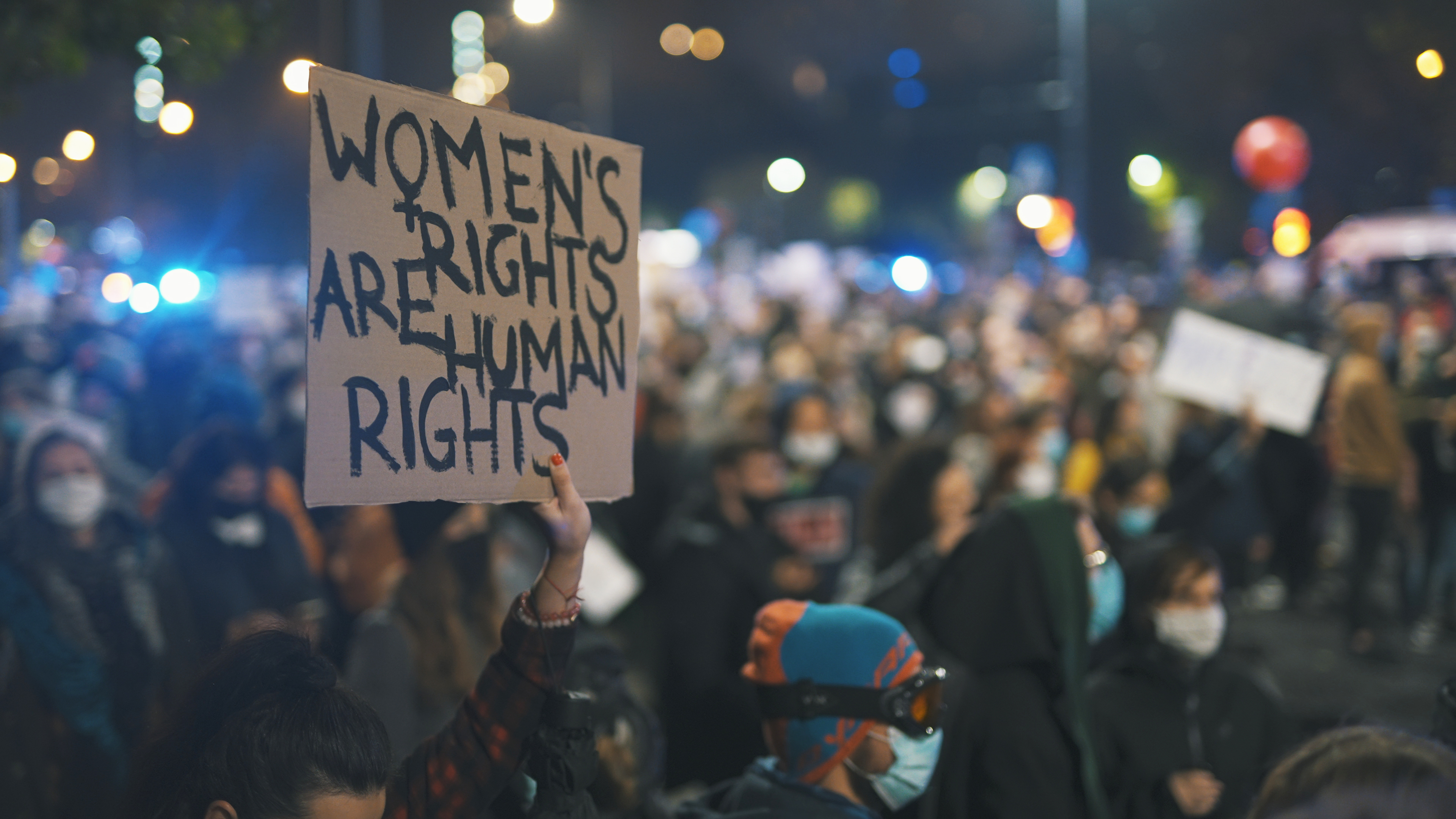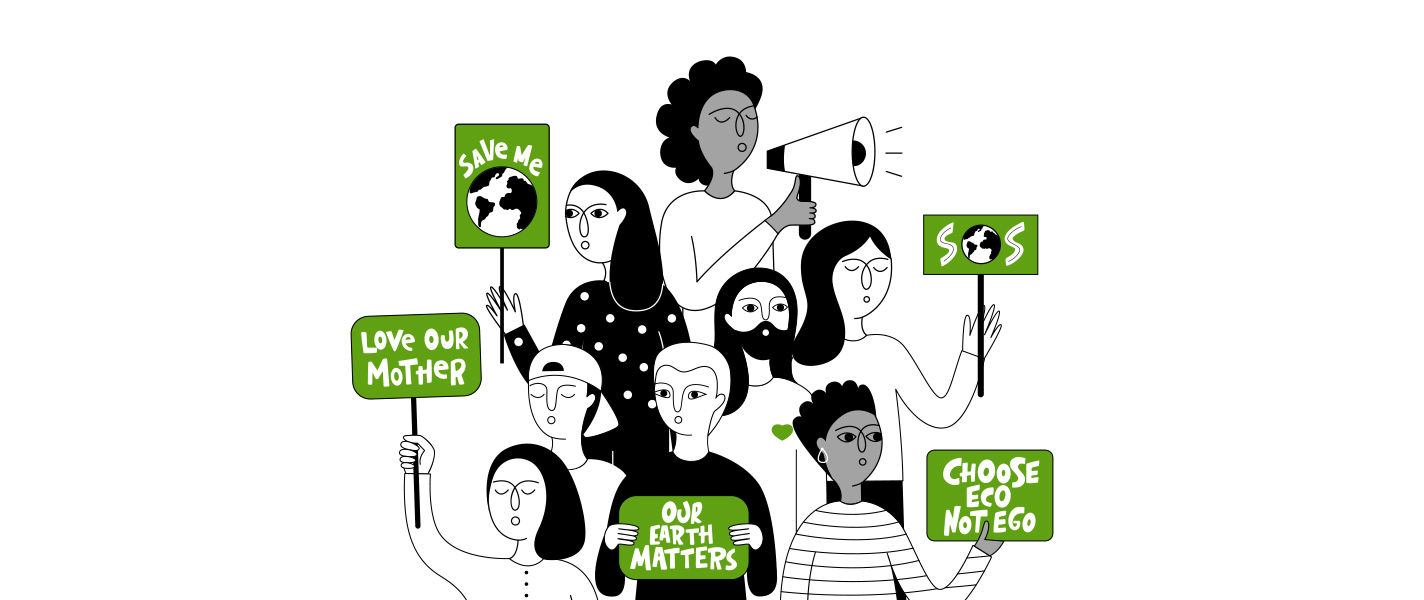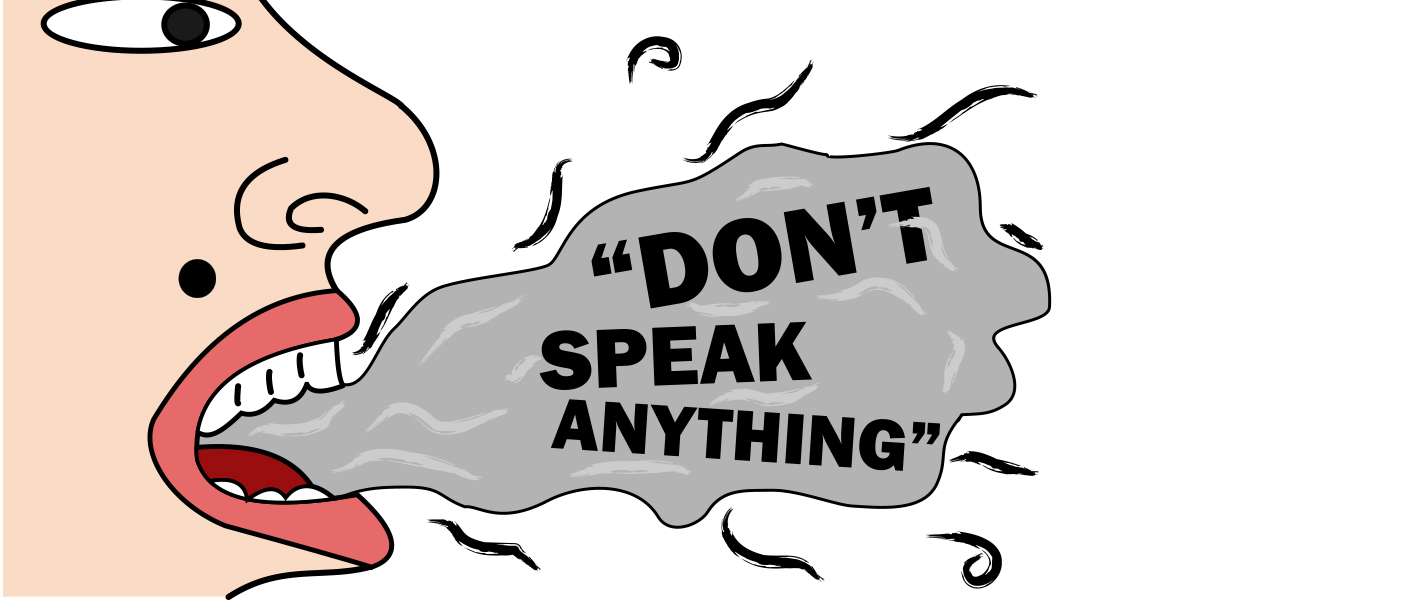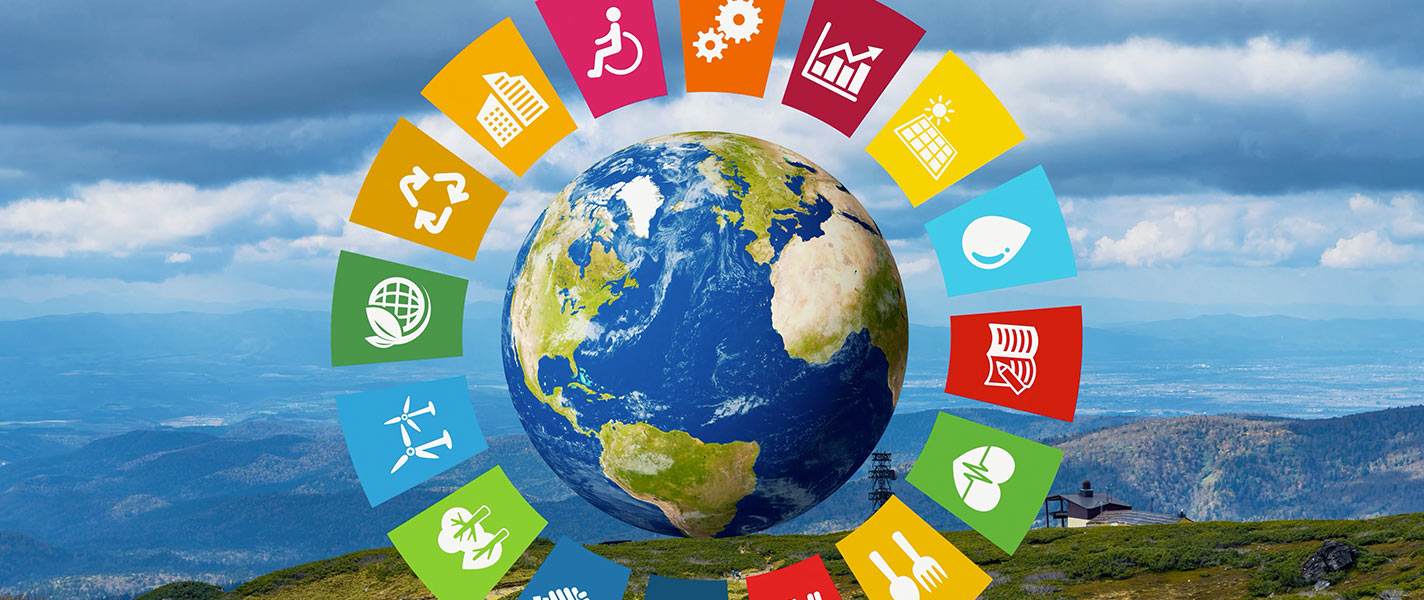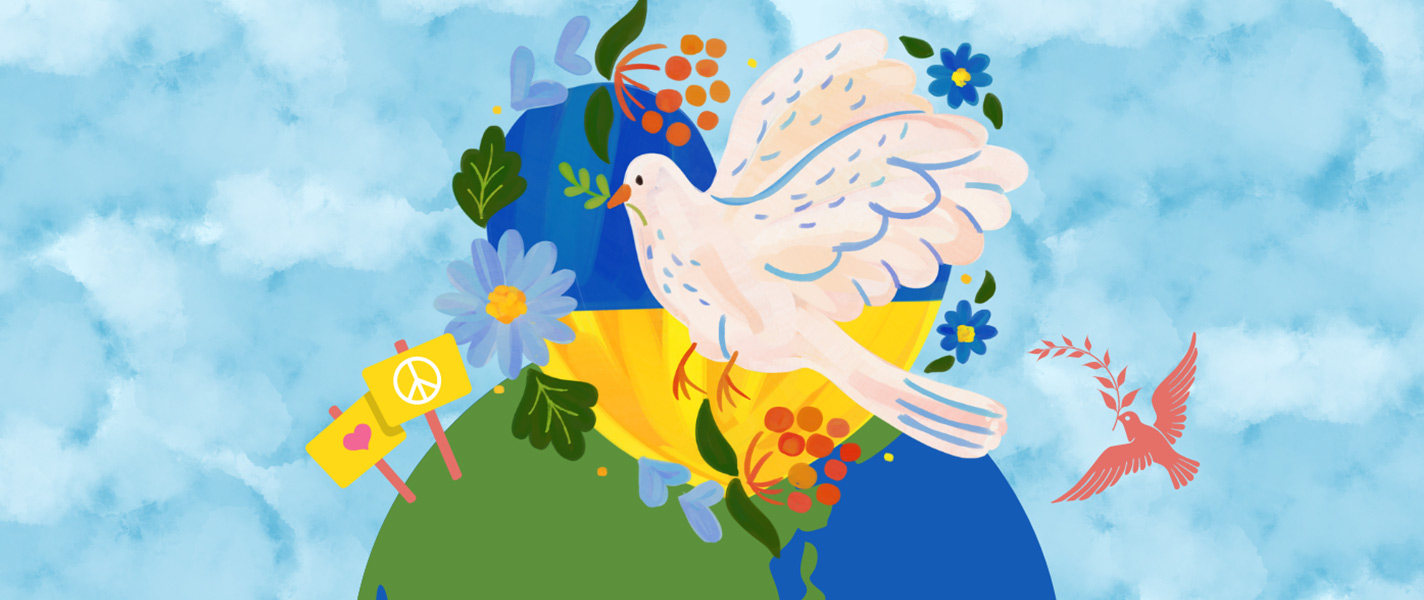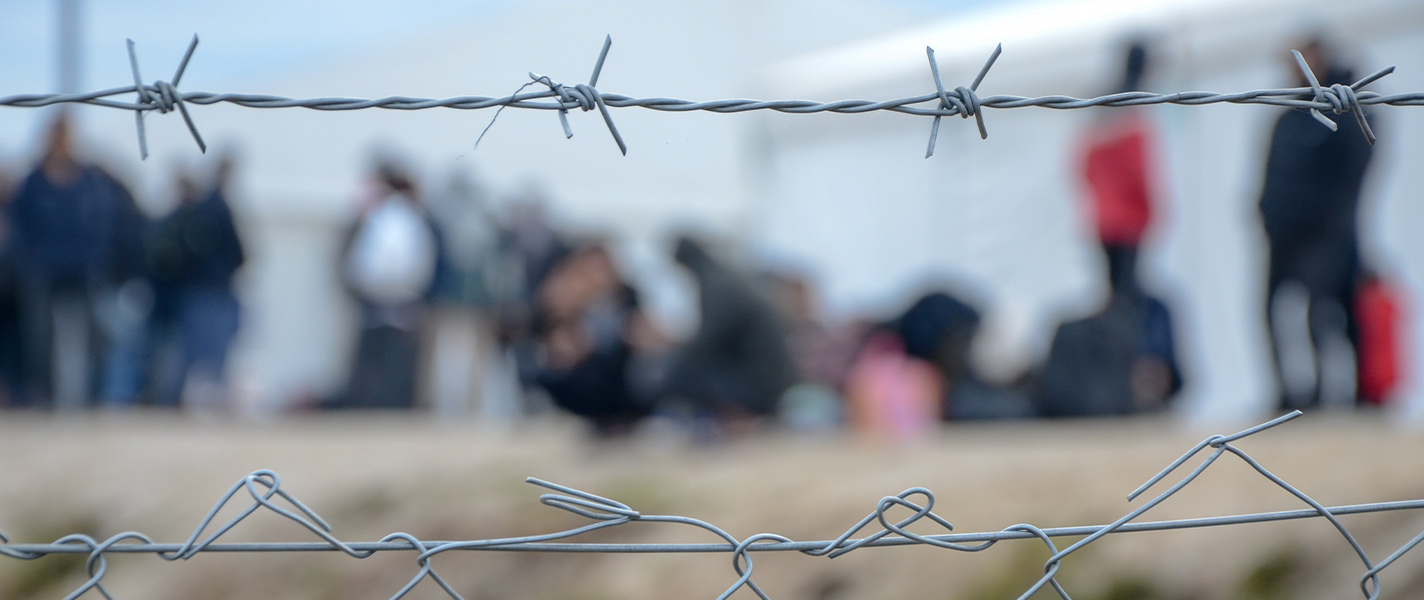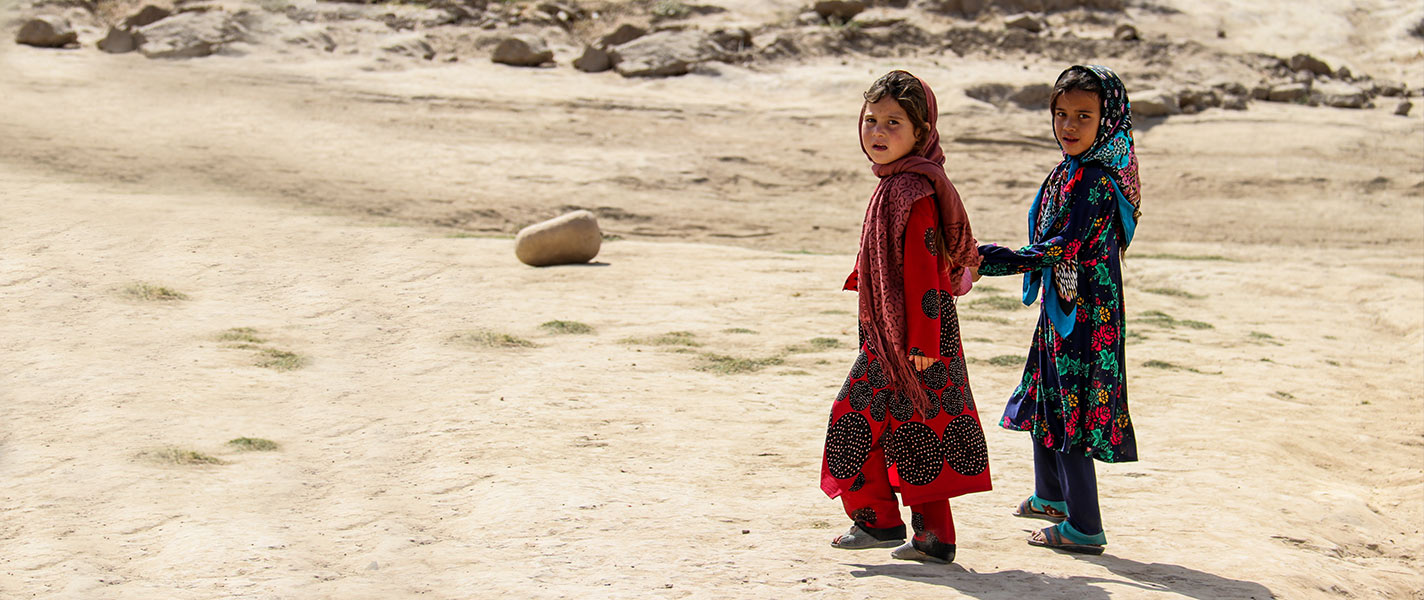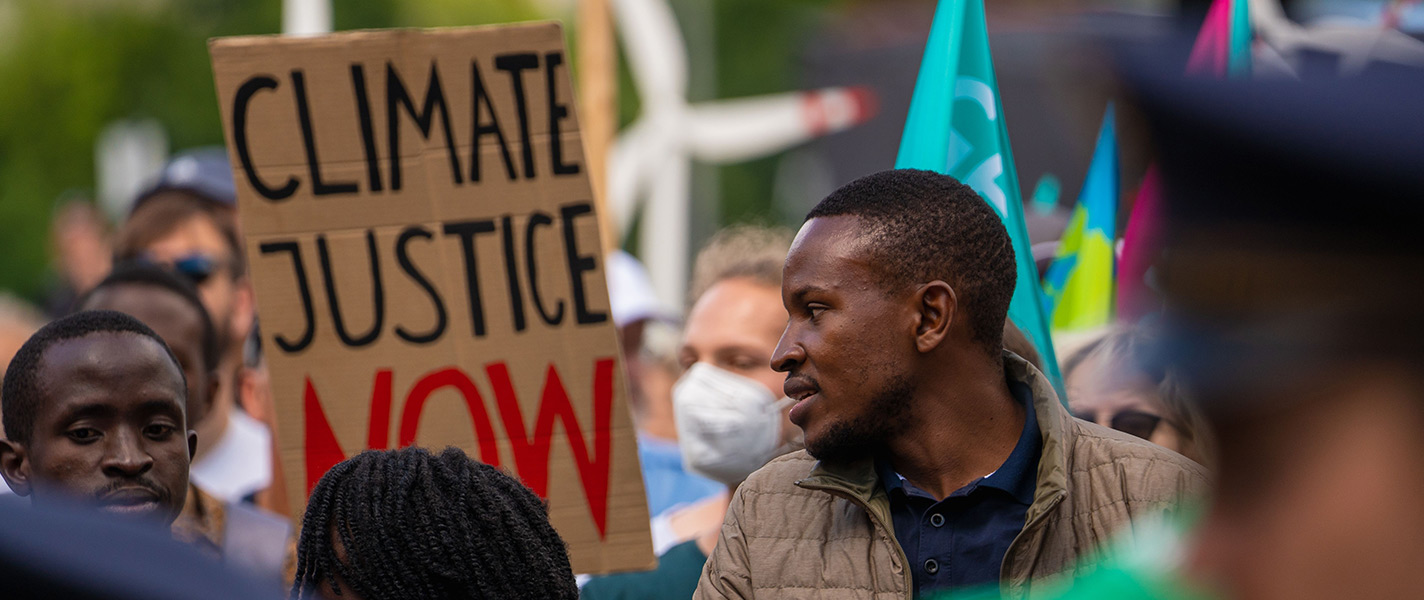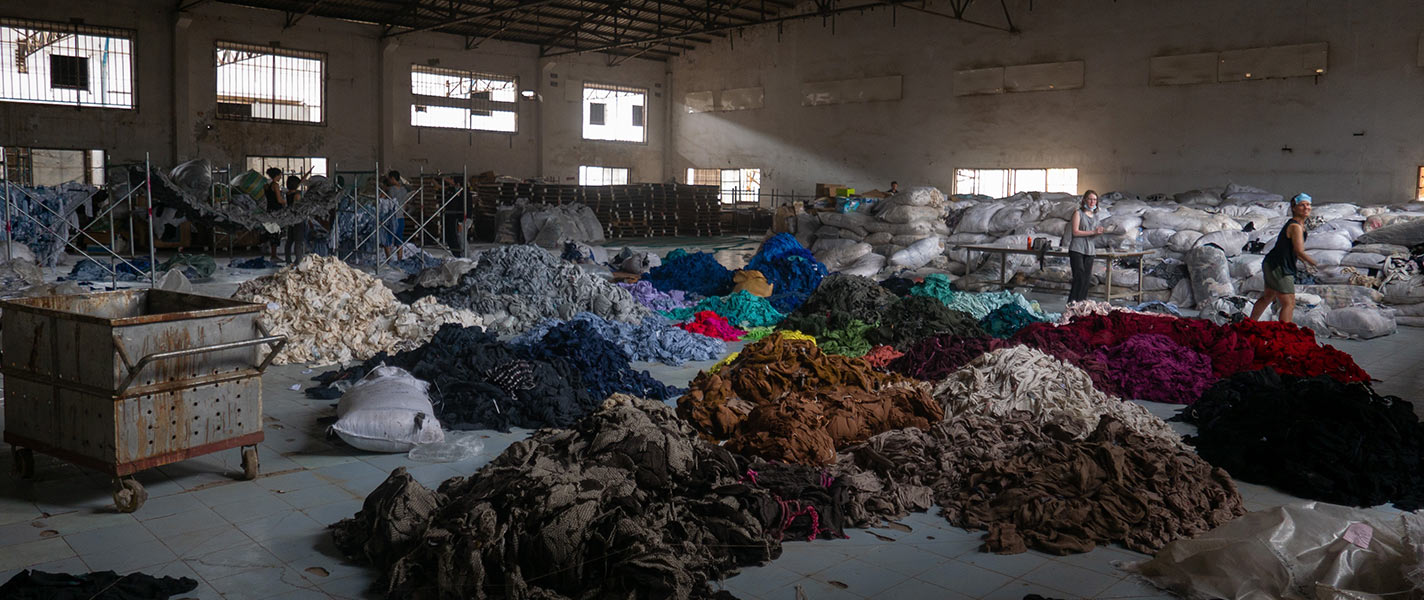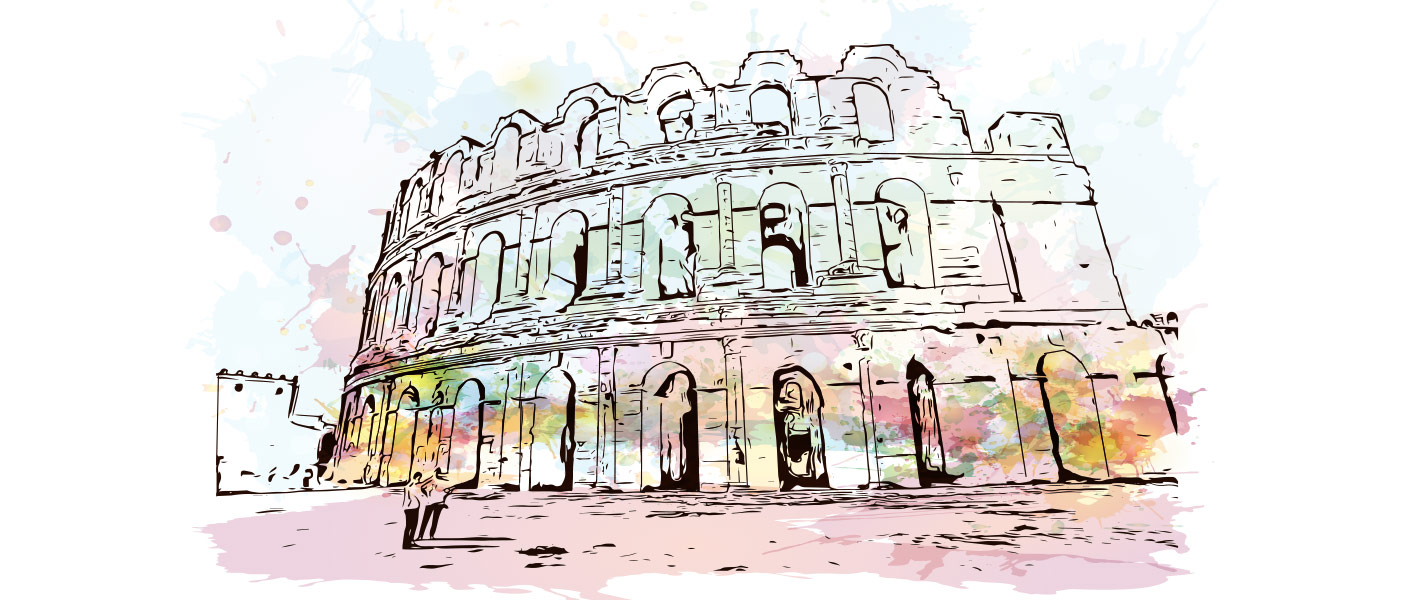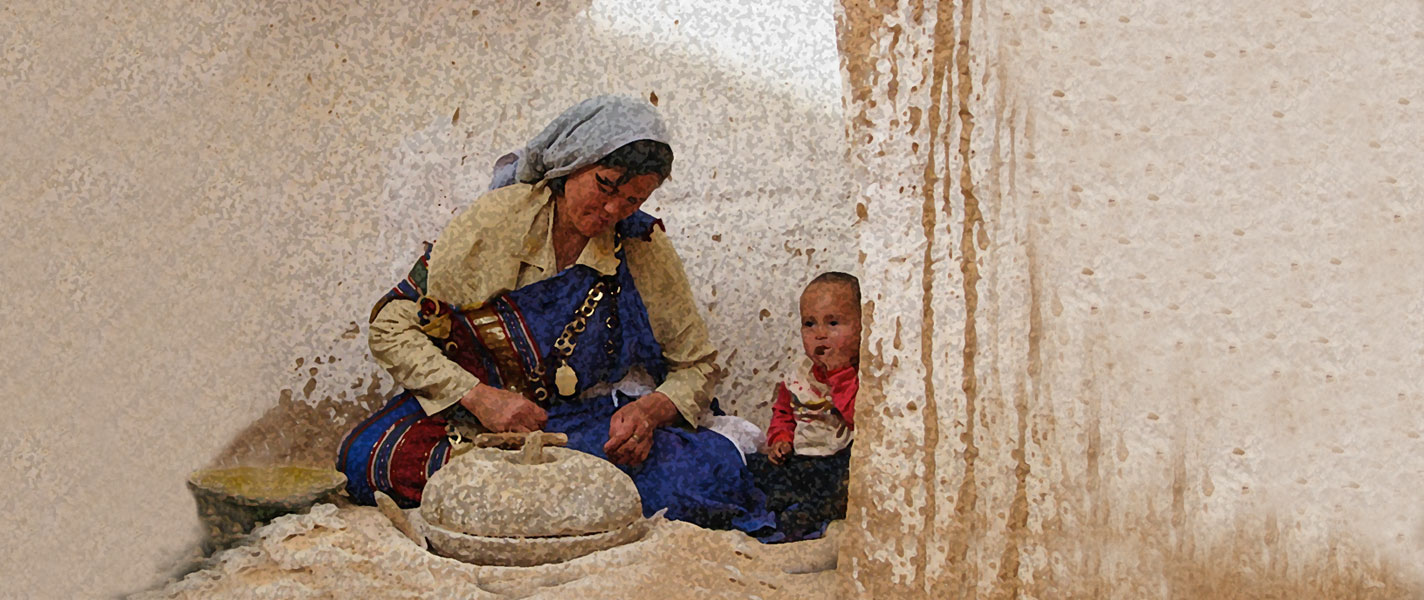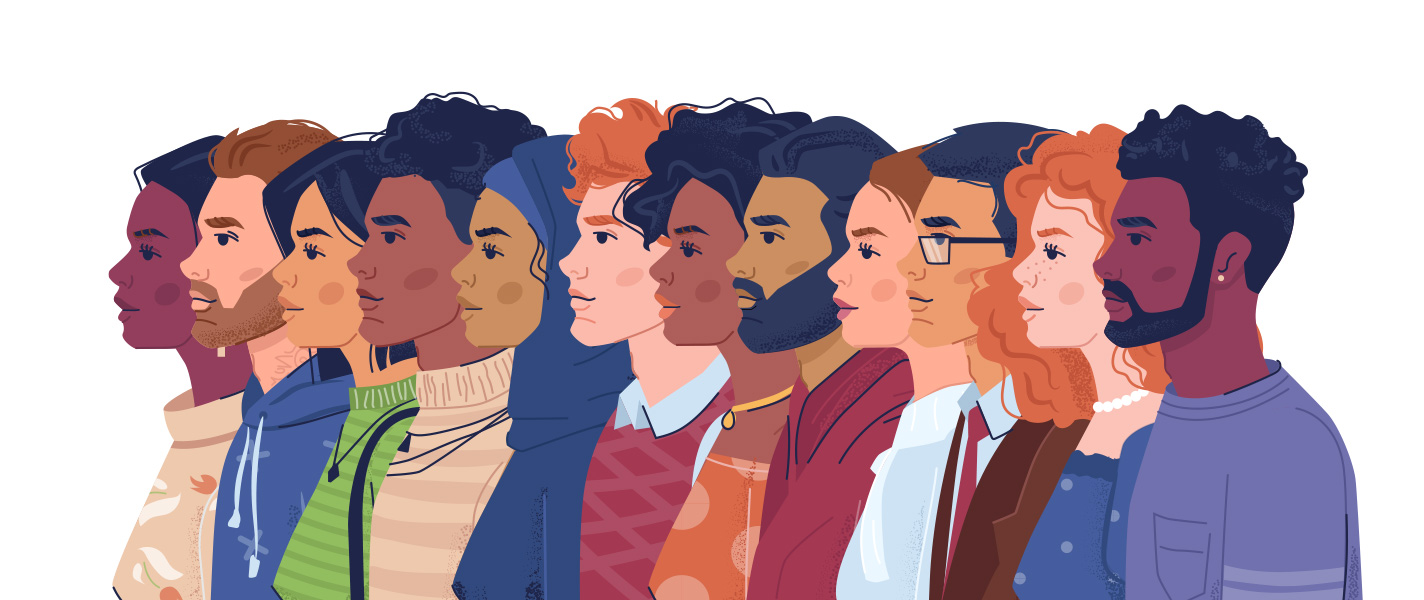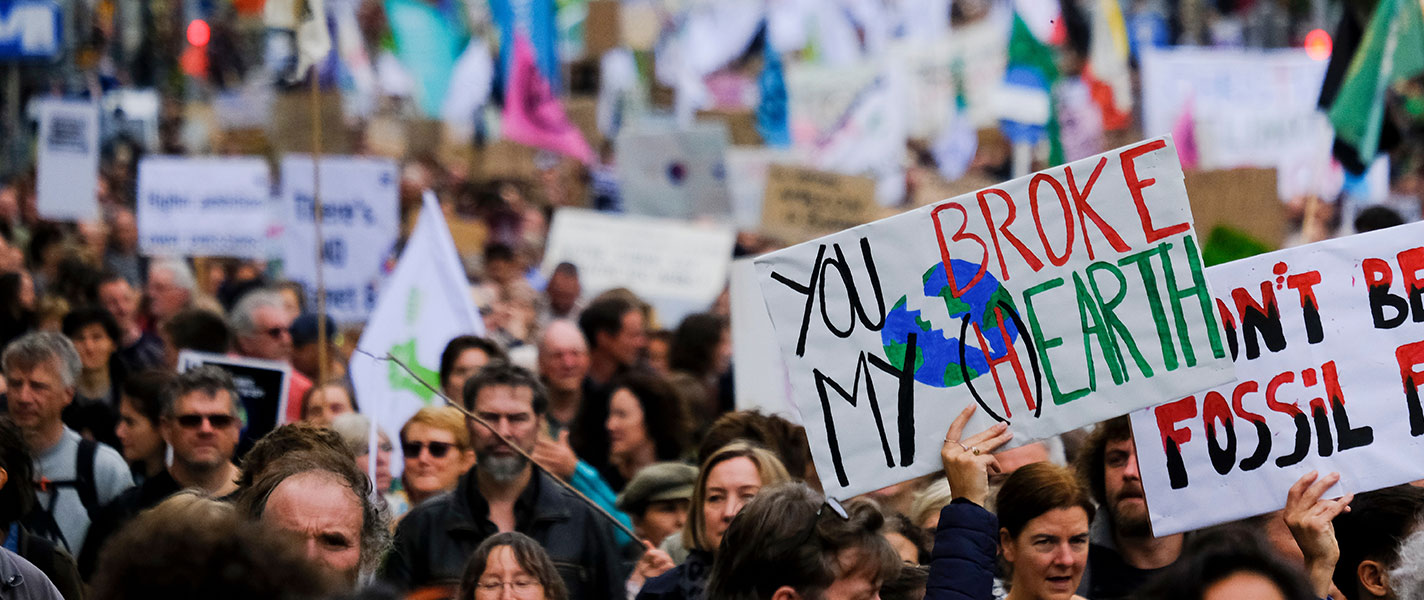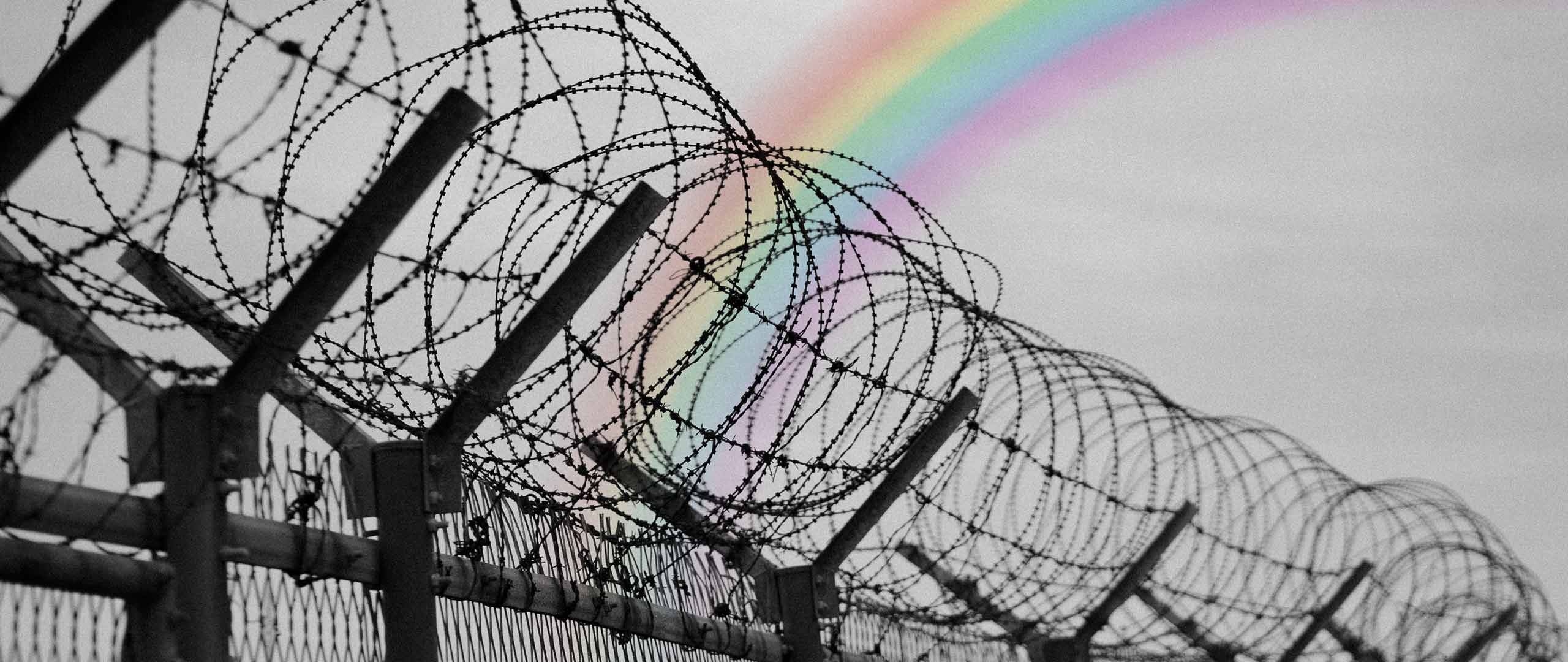Surmounting a Violent Past
Peace is not the absence of conflict, but the ability to cope with it. – Mahatma Gandhi
The world finds itself today in a vicious circle of ongoing armed conflicts. According to the UN statistics, it is estimated that 84 million people were displaced by conflict, violence, and human violations and 274 million people will need humanitarian assistance. In this light, finding a way to cope with a violent past in the aftermath of conflicts, is propounded by many historians to be the ultimate pathway toward lasting democracy, peace and the Rule of Law.
As the first step towards coming to terms with the past and re-building post-conflict nations, it is of utmost importance to identify past human rights violations, prosecute perpetrators and rehabilitate victims. These measures fall under the umbrella of transitional justice. The latter covers the full range of processes and mechanisms associated with a society’s attempt to comply with a legacy of post-conflict repressions, violations and abuses in an attempt to guarantee accountability, achieve reconciliation and serve justice at last.
Historically and up to the present time, people in Syria have experienced innumerable human rights violations, leading to tens of thousands of deaths and trauma-affected individuals. The psychological scars and trauma inflicted by this ongoing conflict have lasting and detrimental effects on the lives of victims. On a closer inspection, according to a cross-sectional study on post-traumatic stress disorder among Syrian refugees in Turkey by Gokay Alpak, the long-term mental health effects of conflict on Syrian refugees were estimated between 4.4% and 86% for Post-Traumatic Stress Disorder (PTSD), 20.3% and 88% for anxiety and 2.3 % and 80% for depression. In Turkey, 33.5% of Syrian refugees reported significant symptoms of PTSD. Hence, these alarming numbers are strict indicators that factors related to premigration, migration and post-migration significantly determine changes in mental health over time.
11 years on and the humanitarian situation is getting worse and worse by the day. The Syrian people are at risk of food insecurity with hunger reaching record-high levels. According to the International Federation of Red Crescent Societies (IFRC), around 12.4 million people, 60% of the Syrian population, do not have regular access to enough safe and nutritious food and more than 90% of the population is estimated to live under the poverty line. These immense humanitarian needs across Syria have been exacerbated by the COVID-19 pandemic. In response to this, many relief and non-profit organizations at the national and international levels are working towards reducing hunger and health risks among the most vulnerable communities in Syria through both emergency lifesaving interventions and long-term sustainable resilience-building support and programs.
Calling for Reconciliation in Transnational Justice for Syrians
The pathway toward reconciliation processes is extremely challenging in Syria due to the ongoing conflict, still occurring atrocities, and the displacement of almost half of the nation’s population. It is reported that since the beginning of the struggle for freedom and democracy in 2011 and till this day the number of arrests and enforced disappearances are on the rise daily. However, no measures have been taken yet to ensure the participation of displaced persons and other victims in discussions about return and reconciliation plans once a political settlement is reached. Even then, the return of the Syrian refugees inclines security services as well as psychological support and family reunifications.
More attention has to be paid also towards restoring infrastructure and increasing civilians’ access to quality education and proper public health facilities. It seems that the Syrian population is facing its greatest needs at a time when the world’s attention and funding are declining.
The article represents the views of its writer and not that of LEED Initiative.

